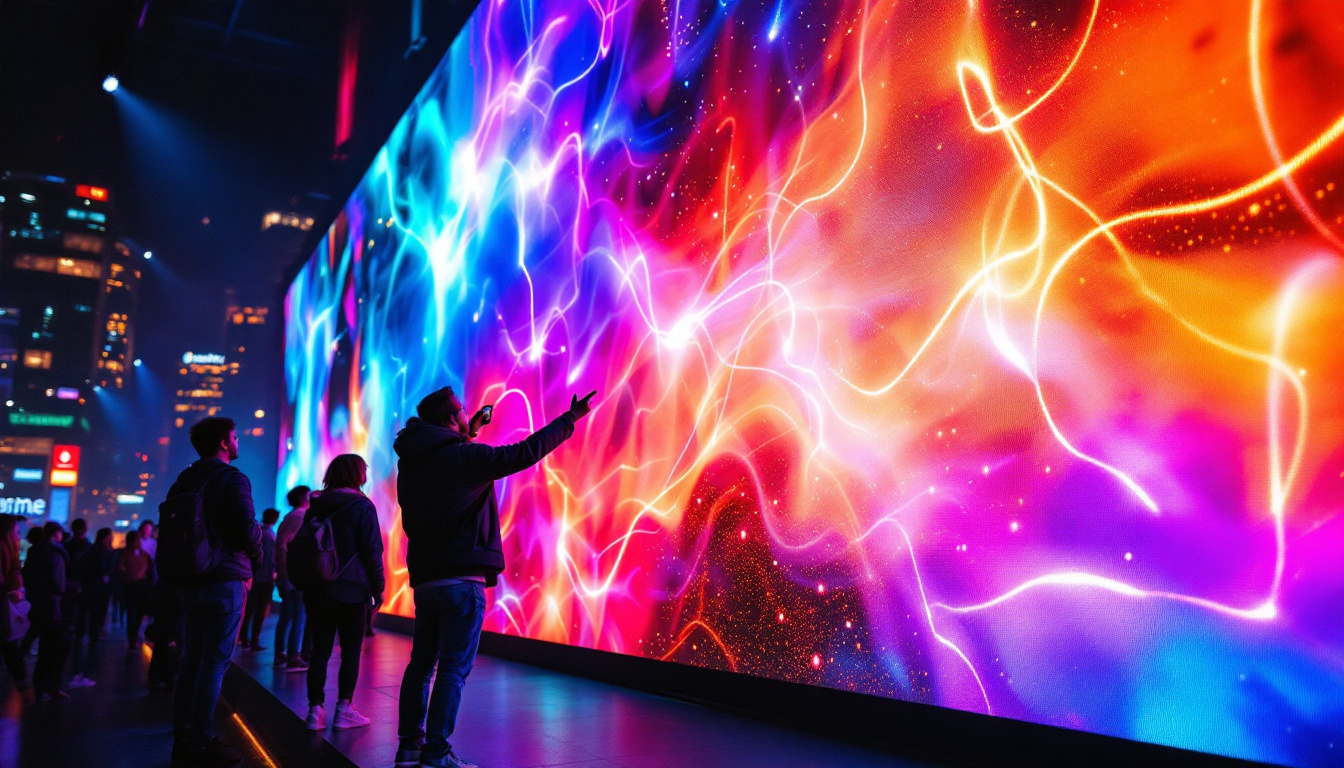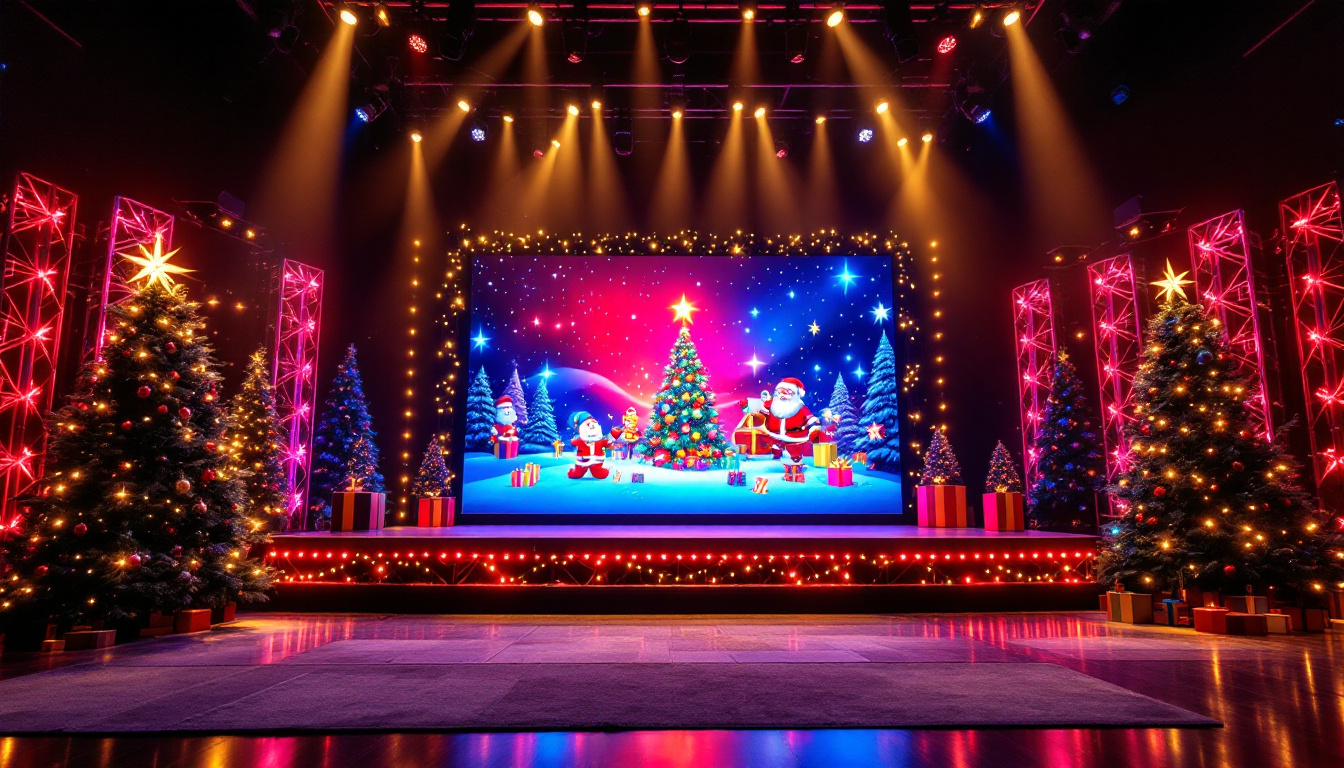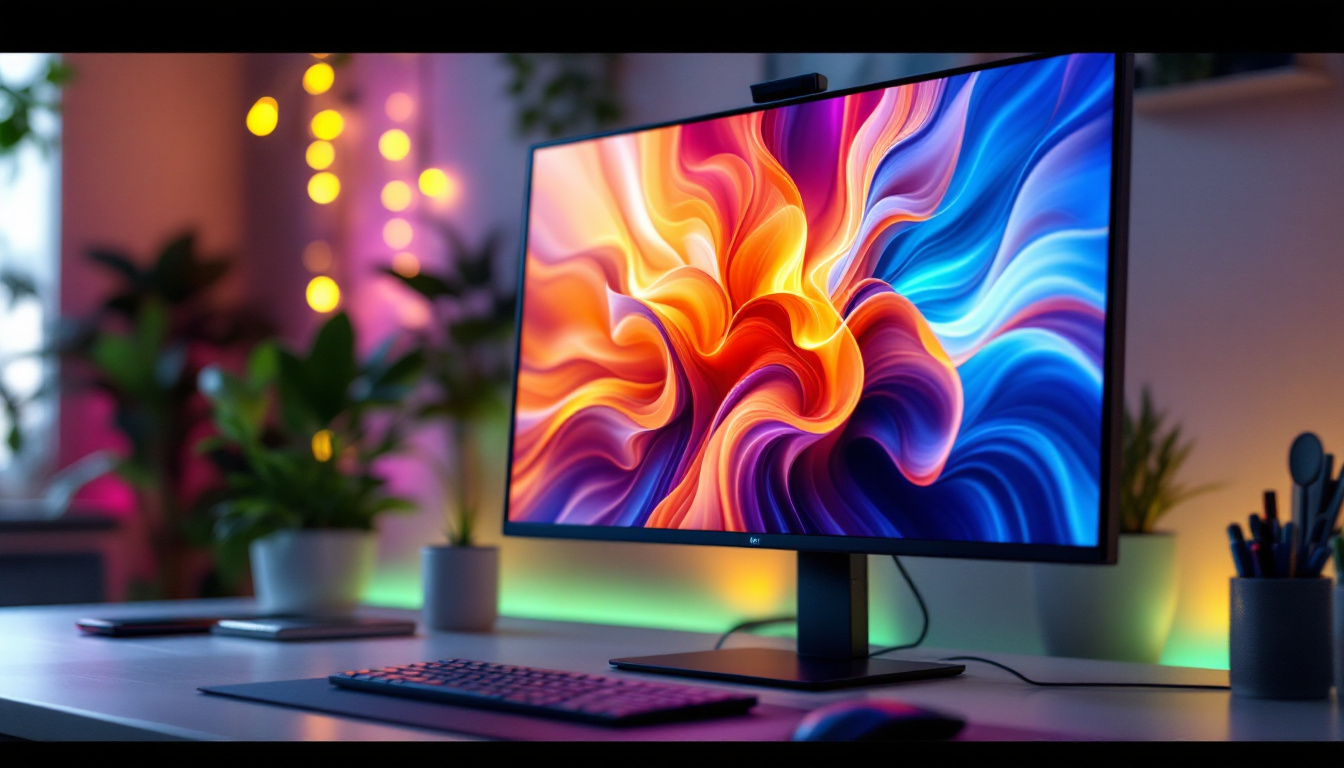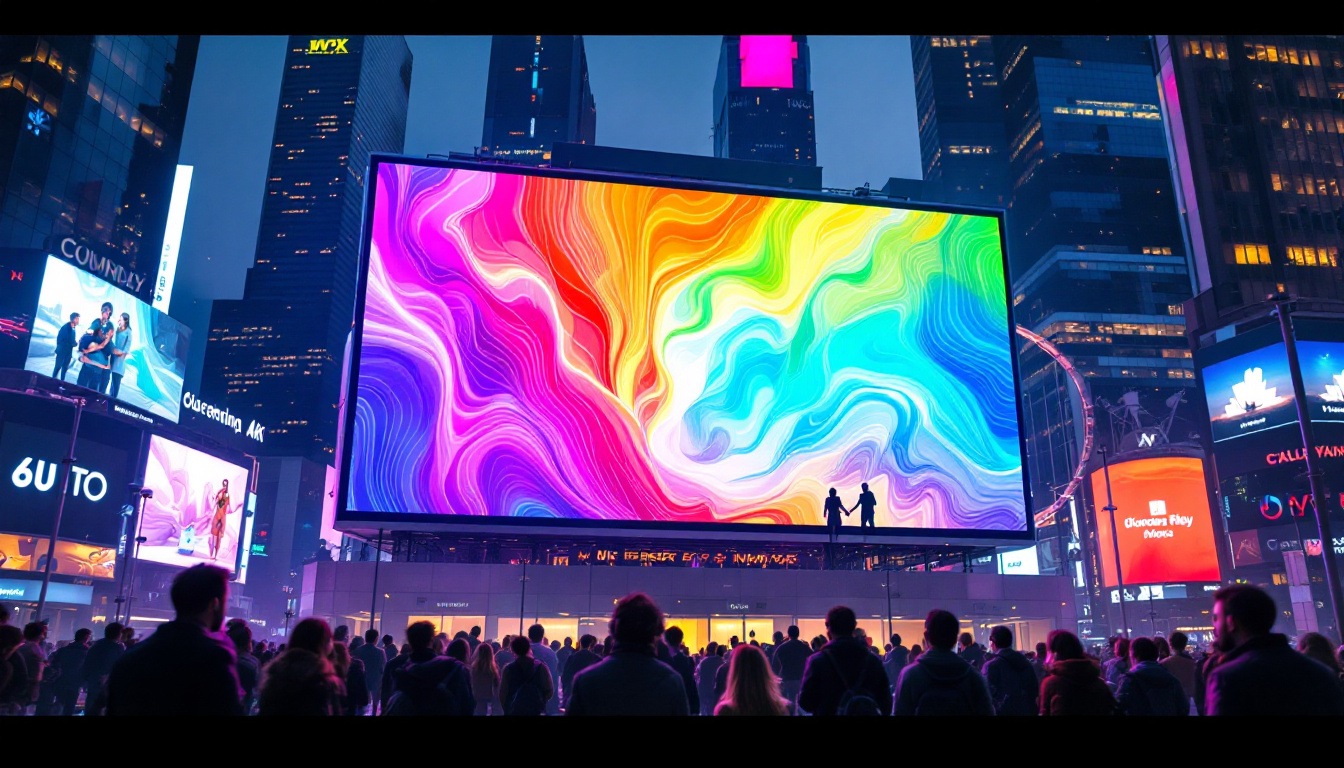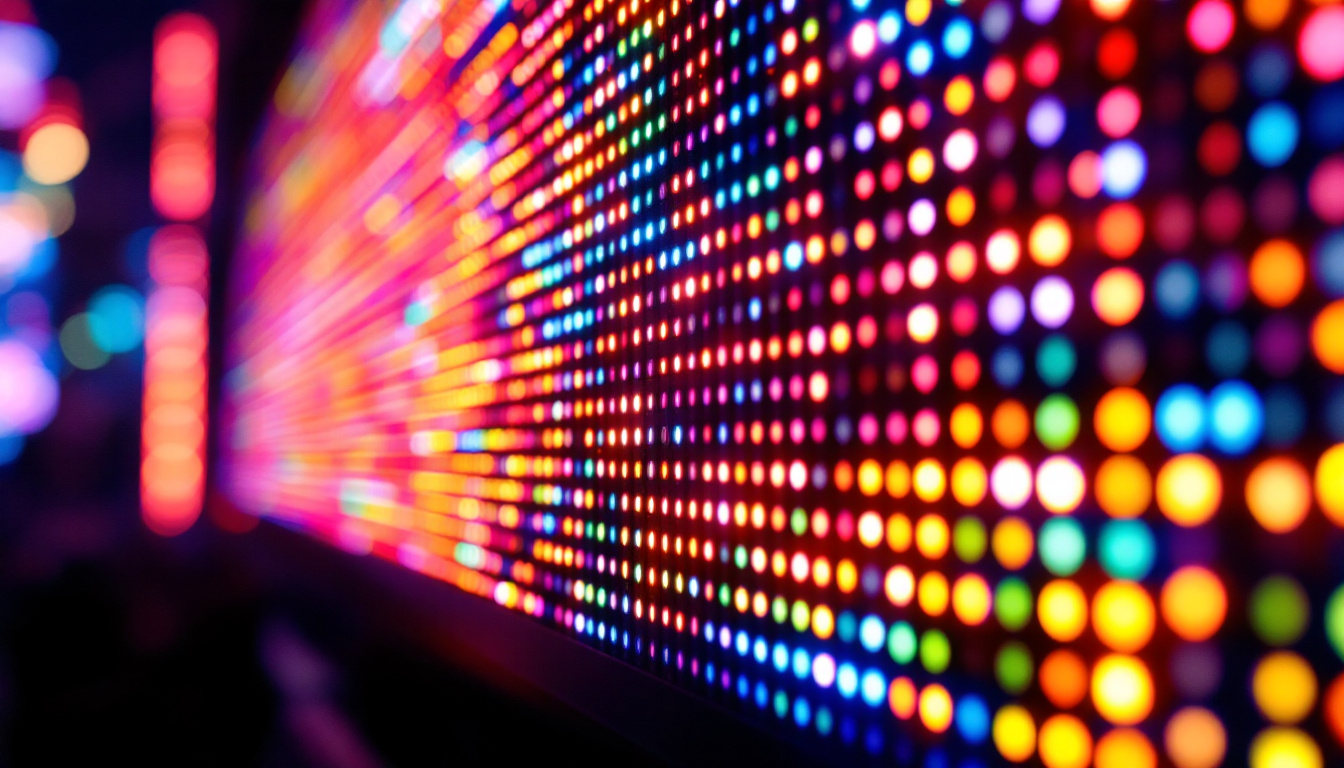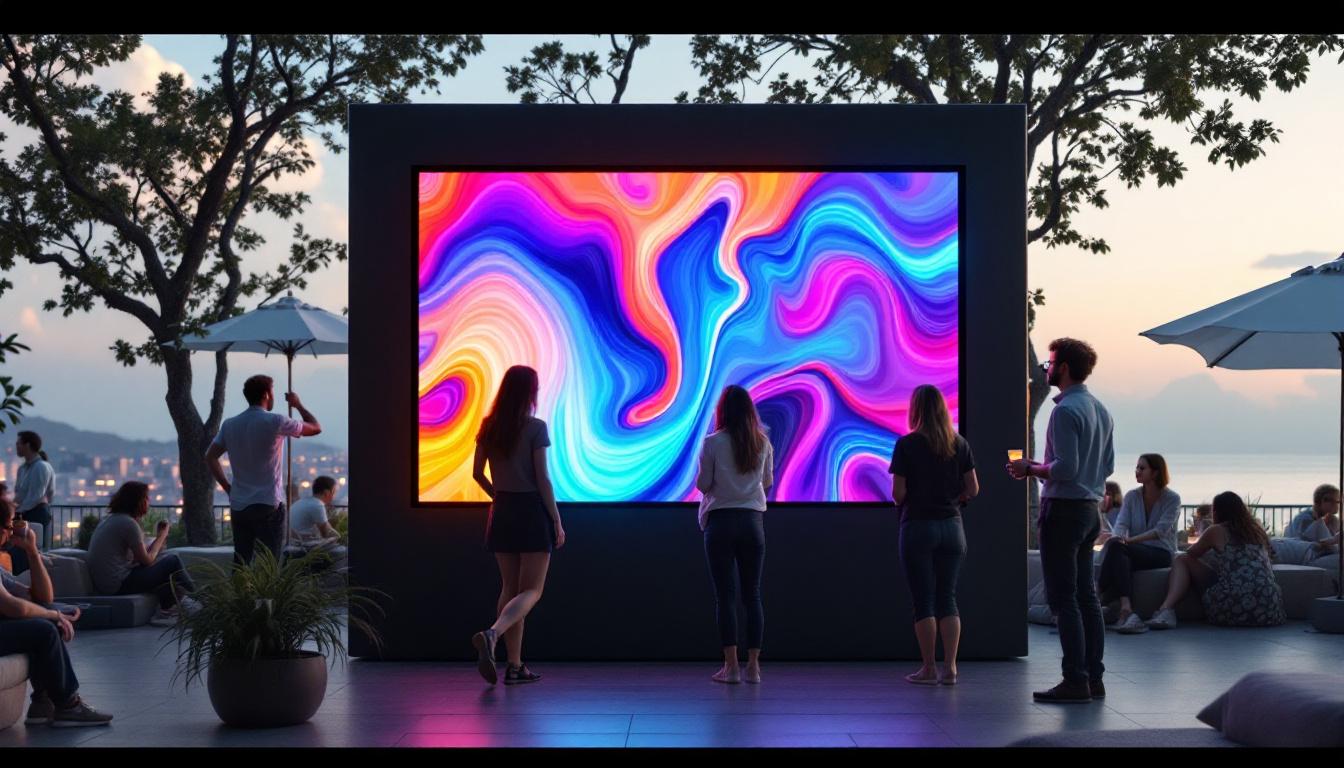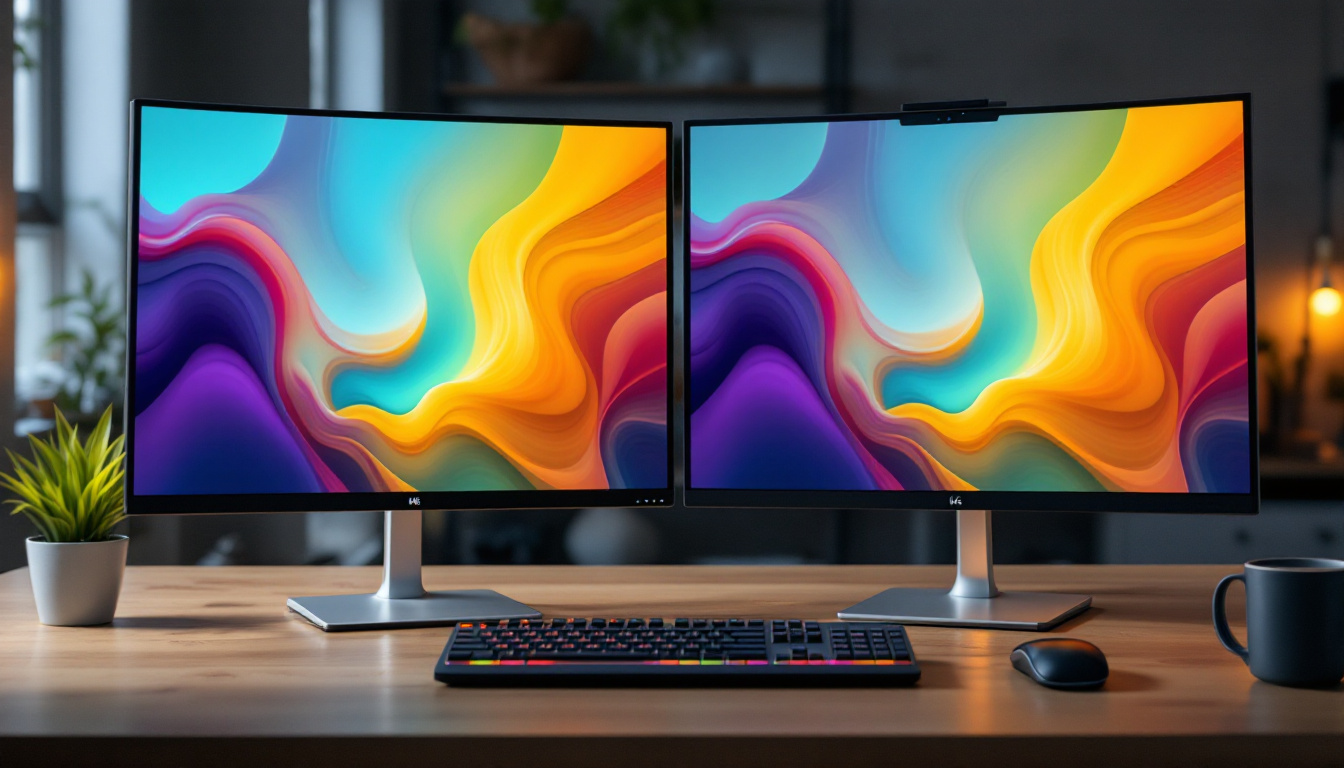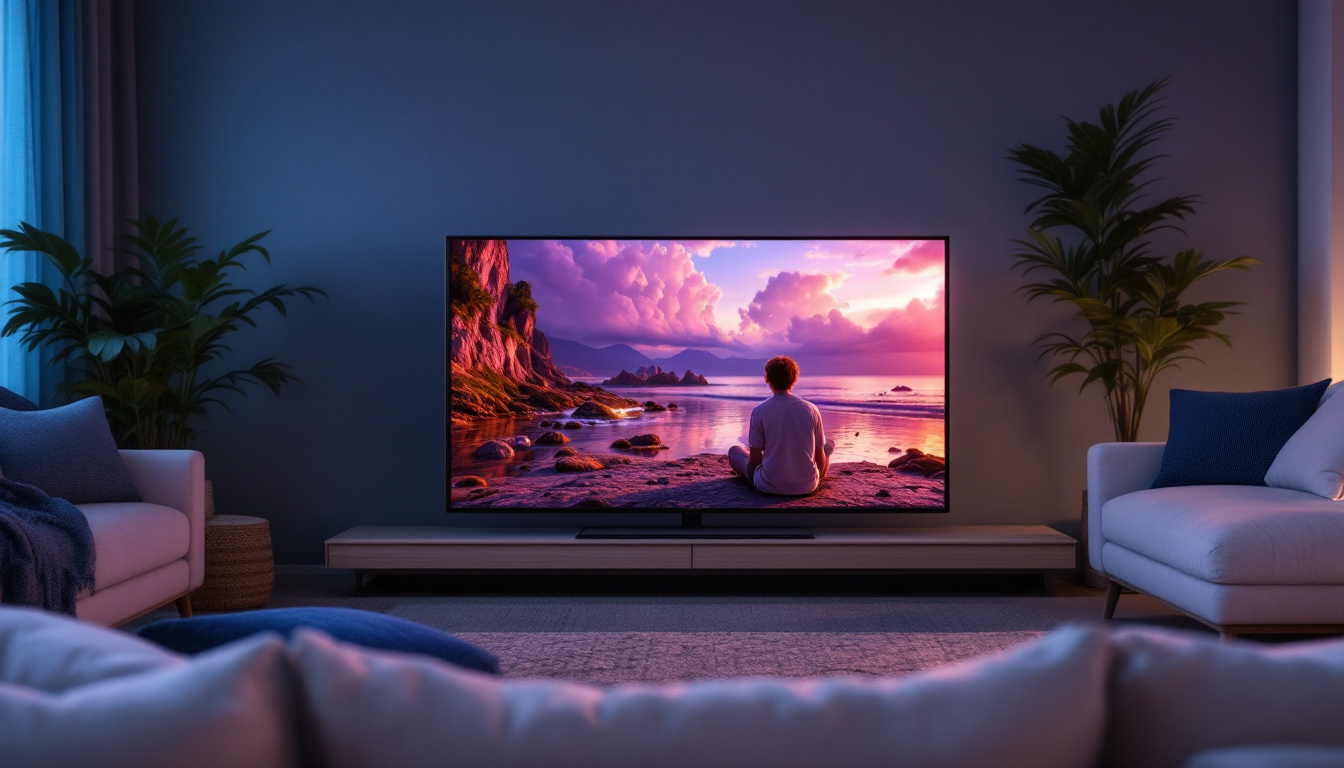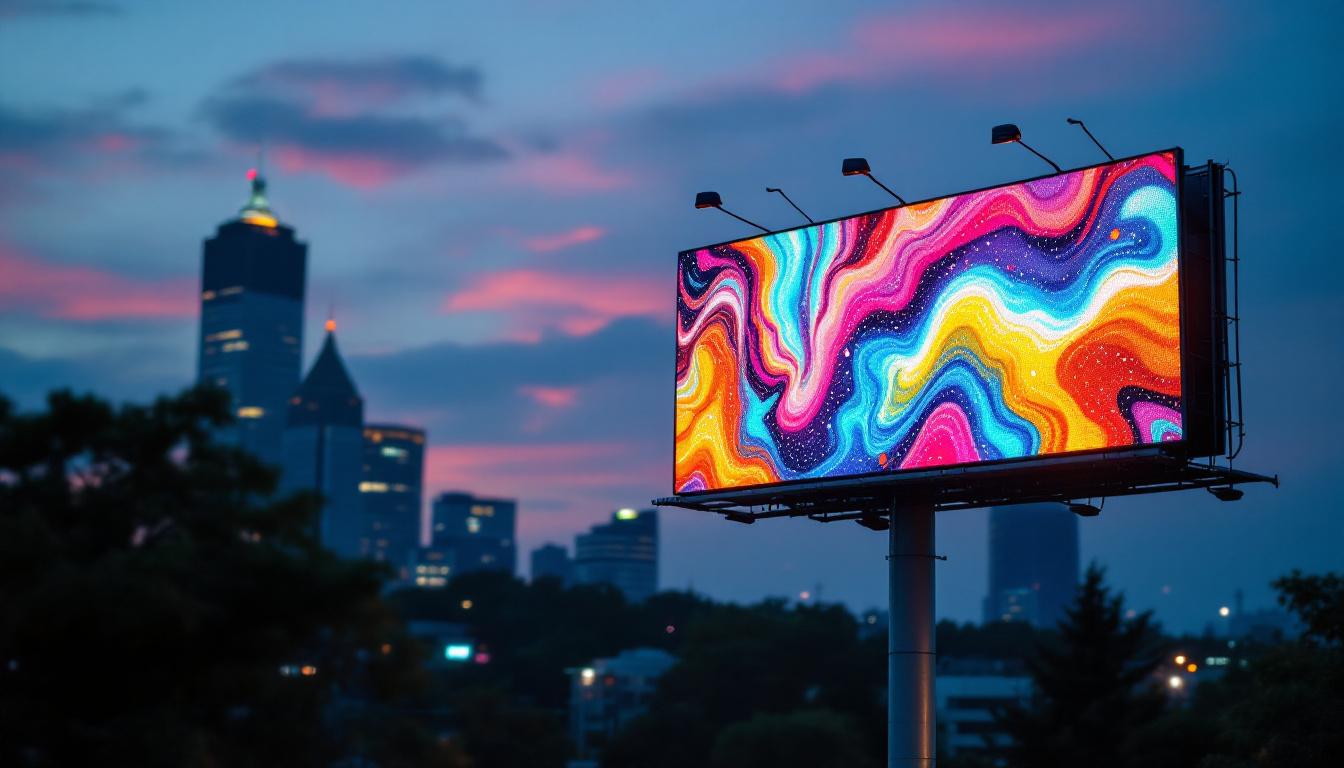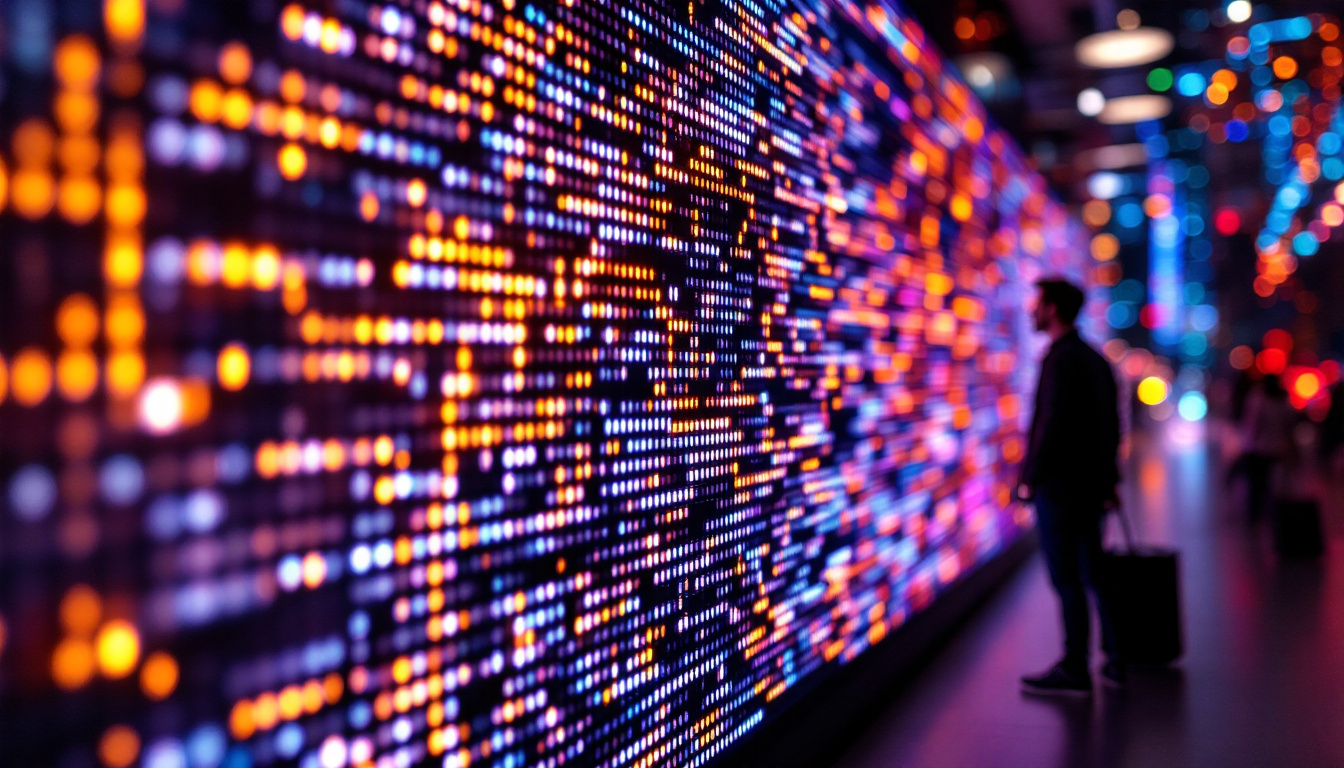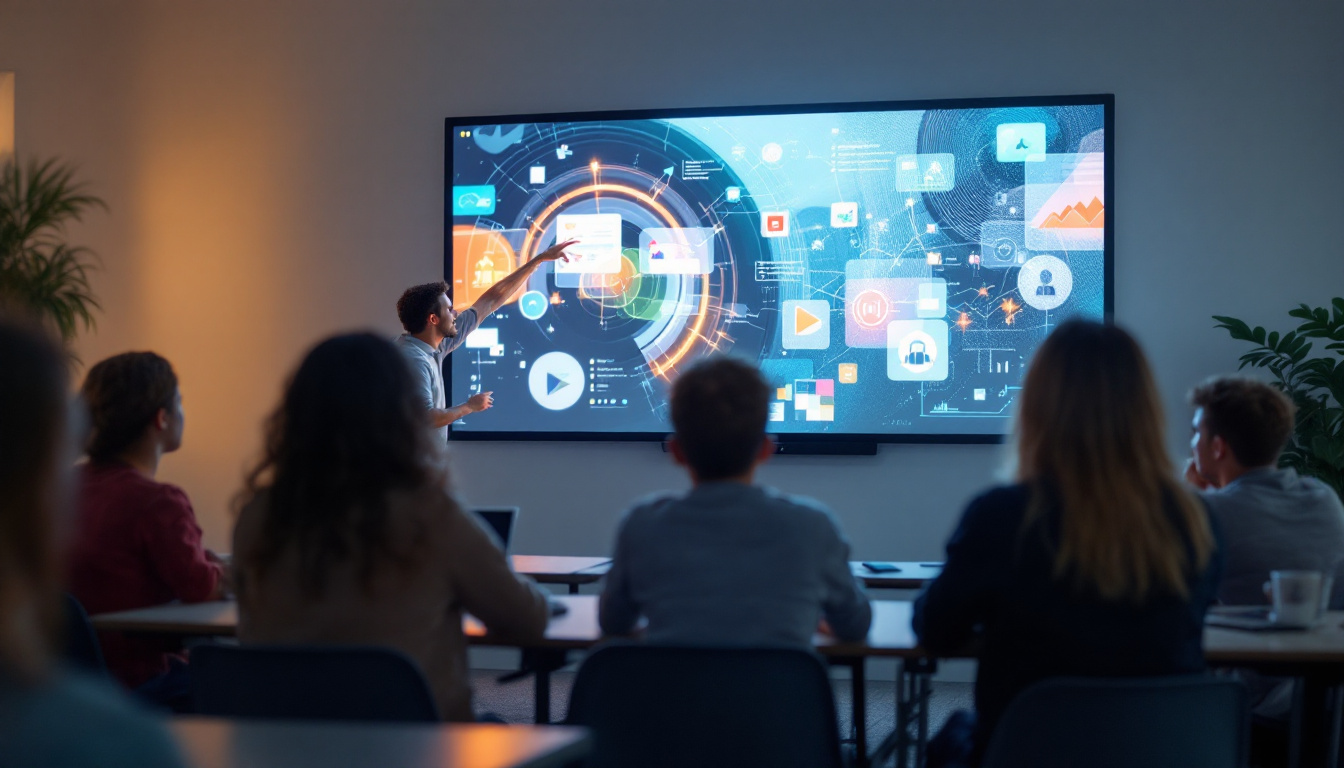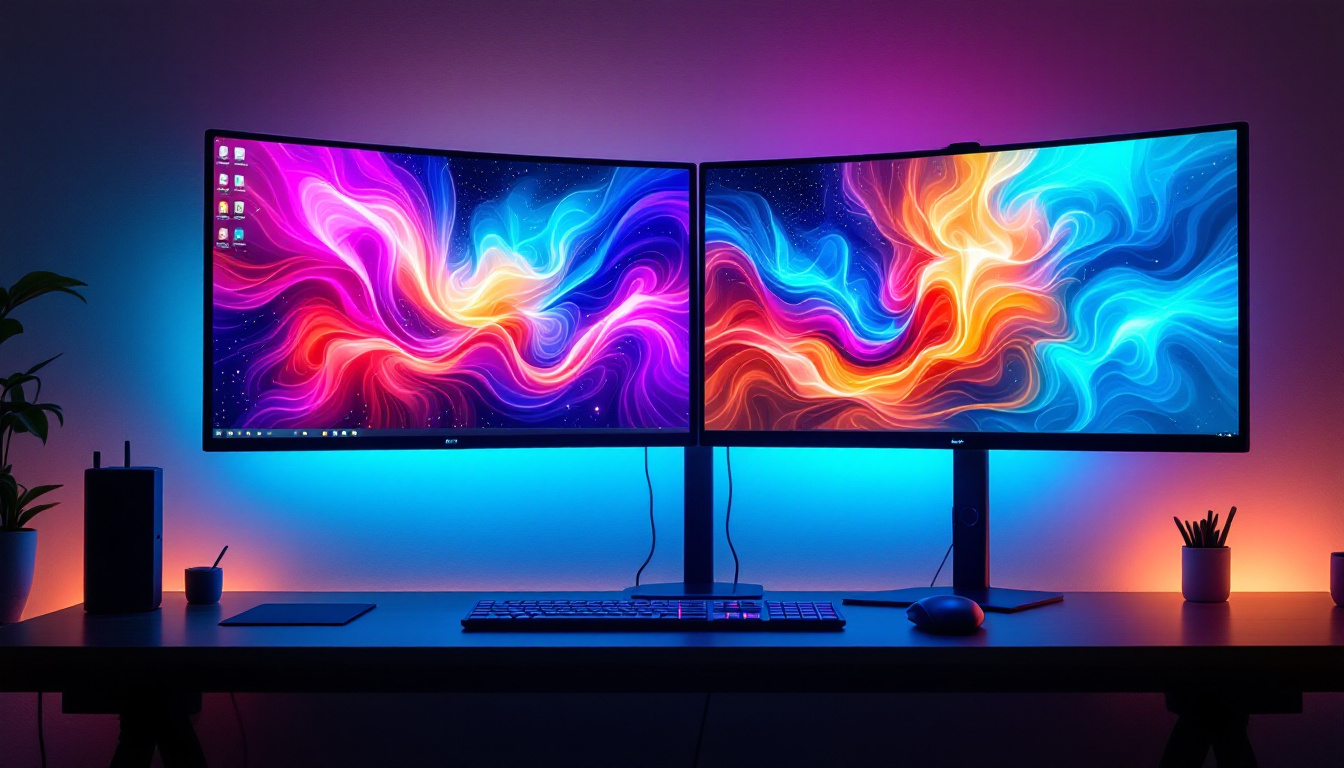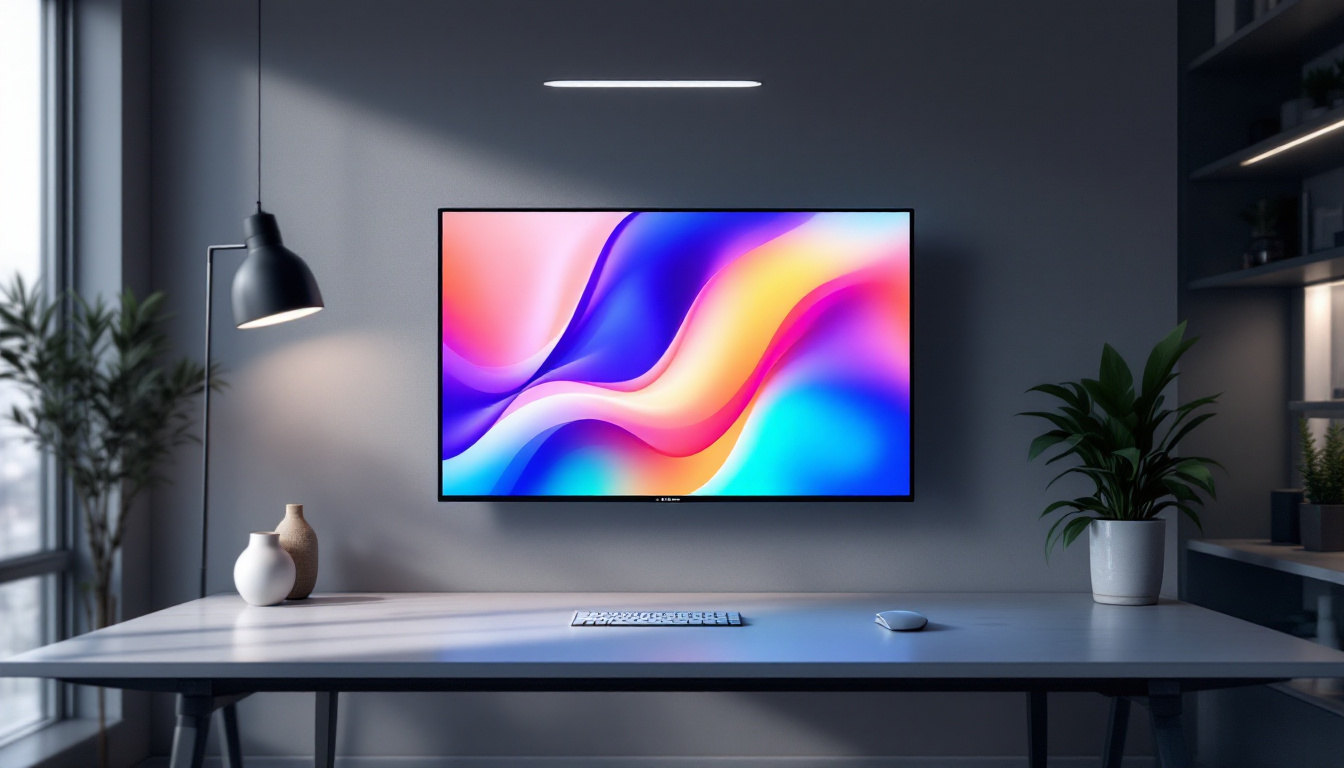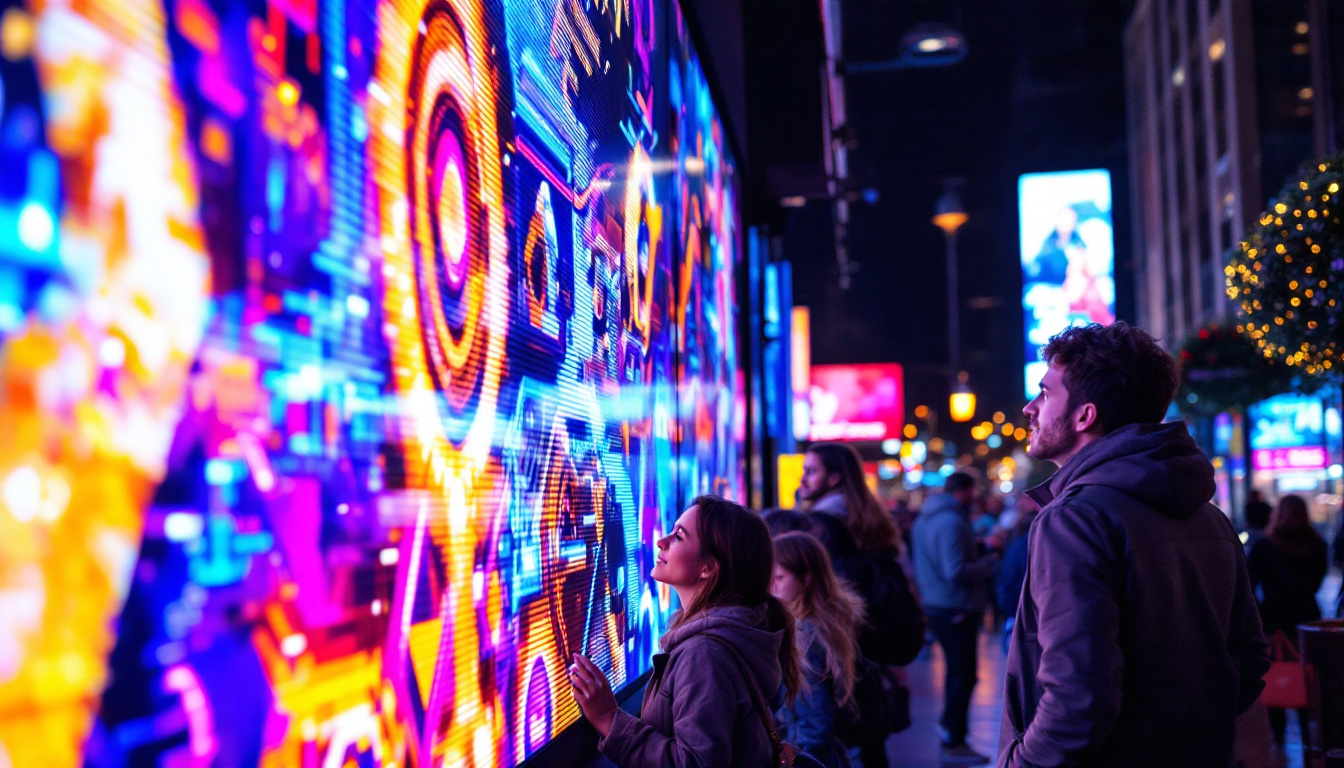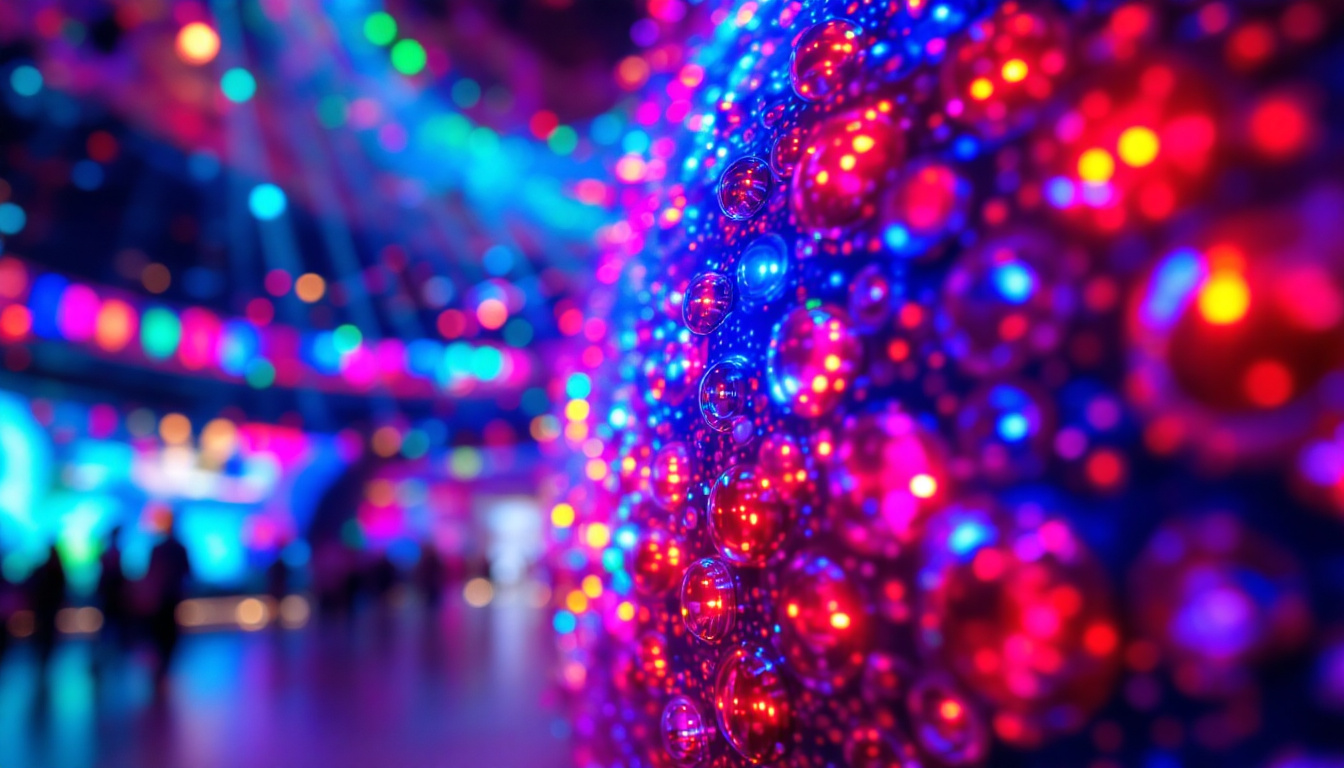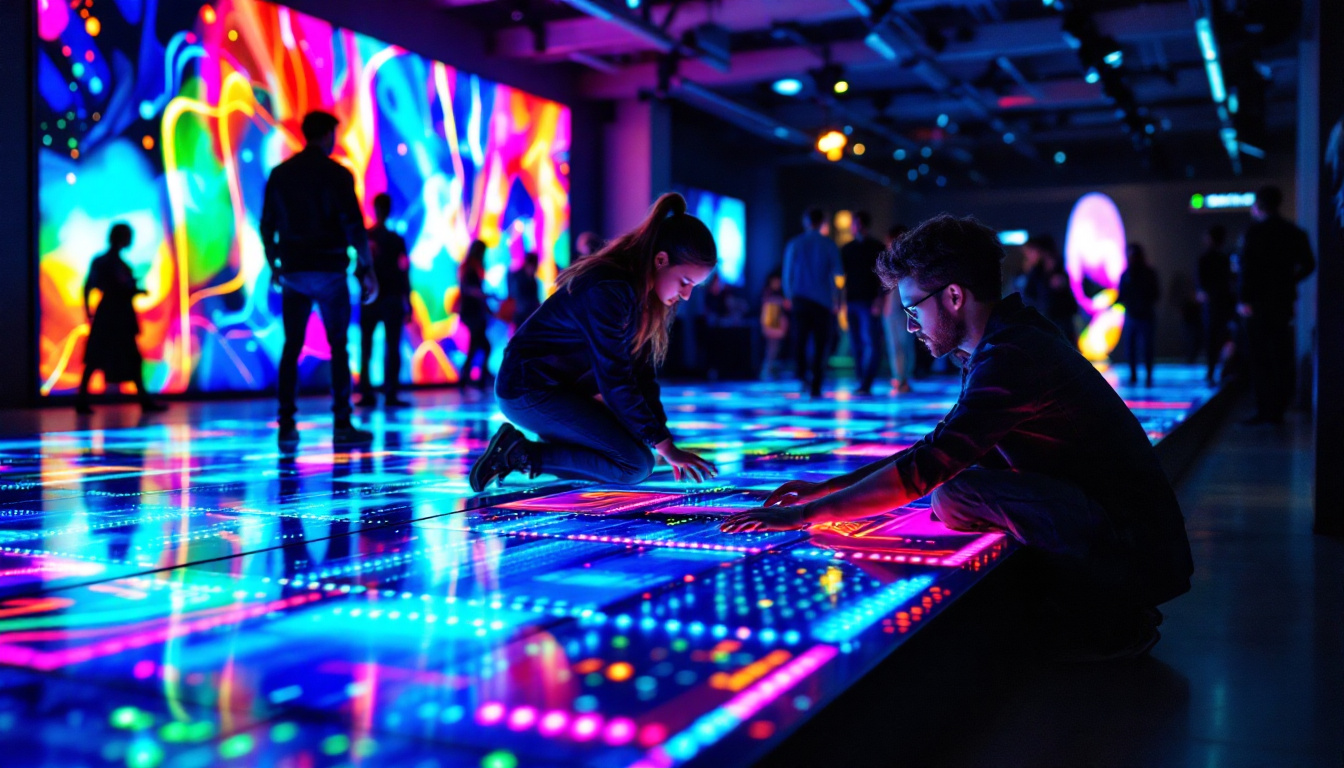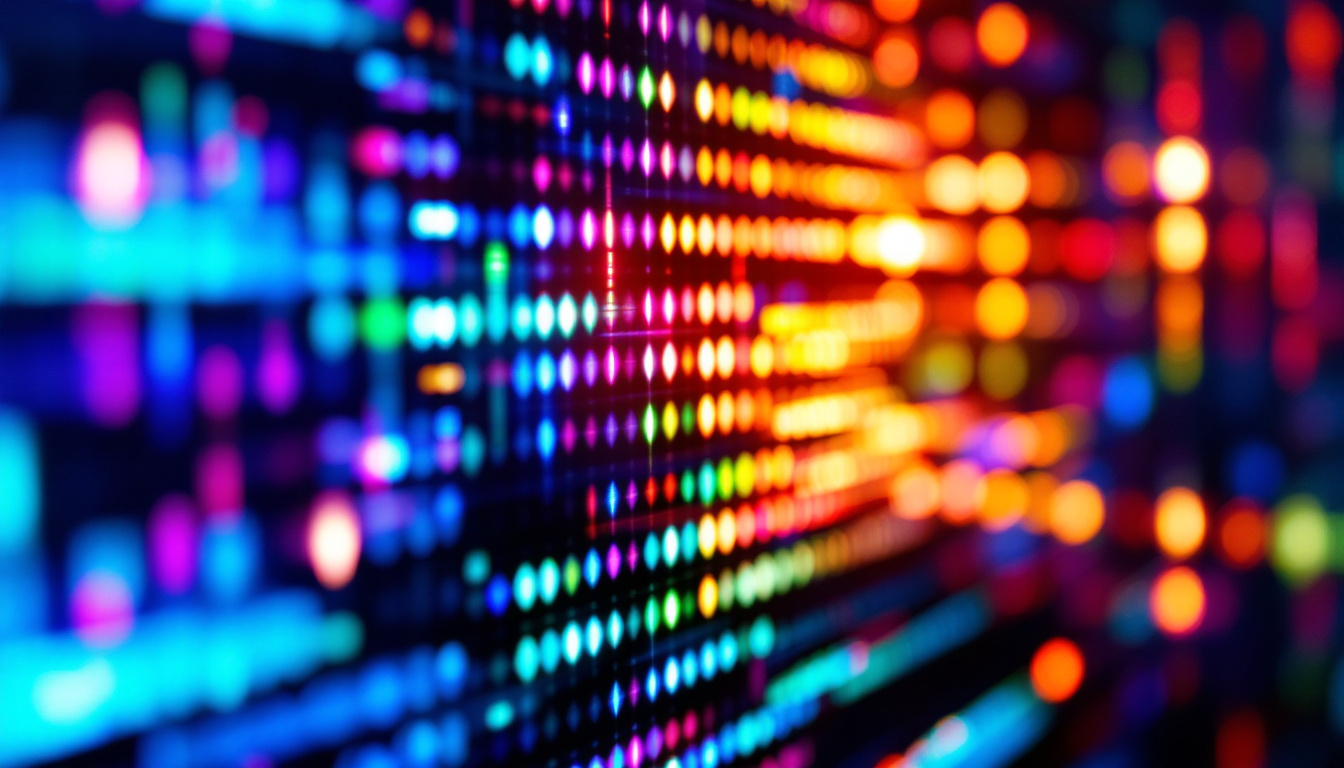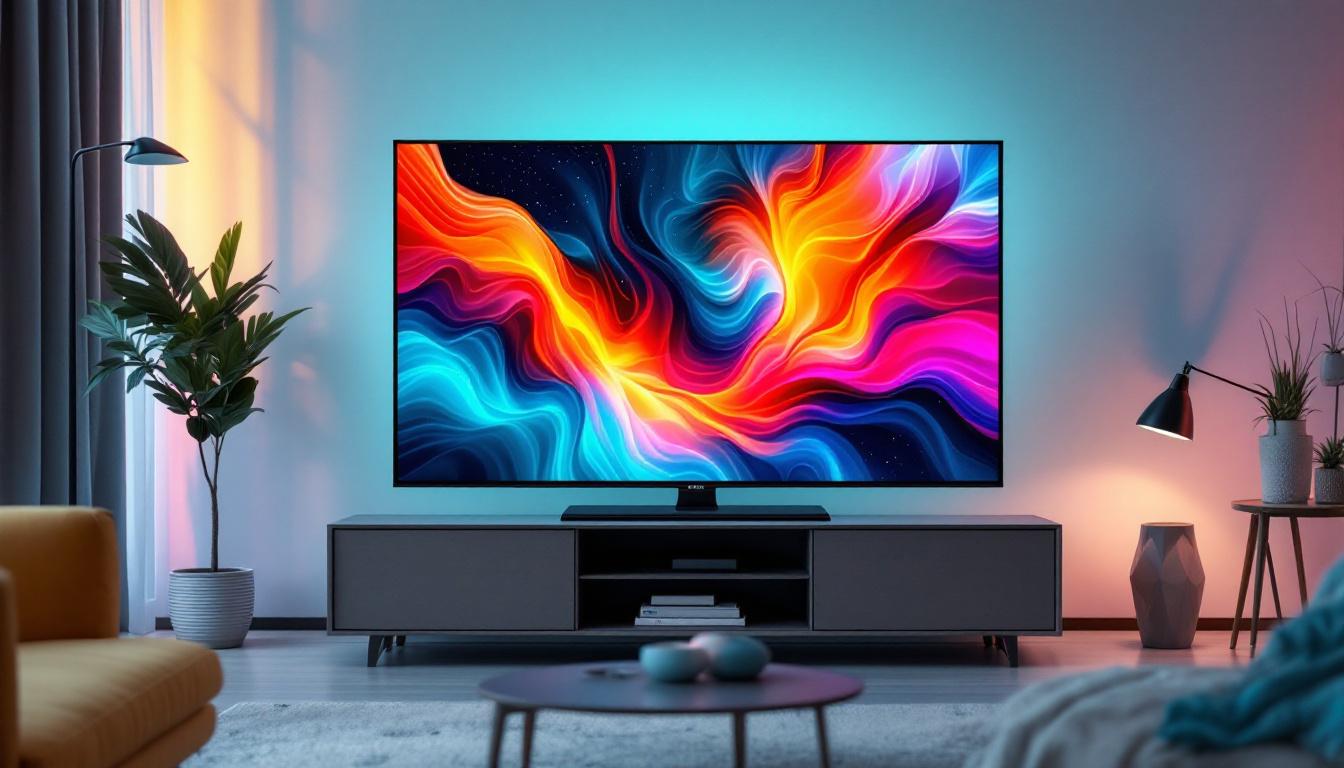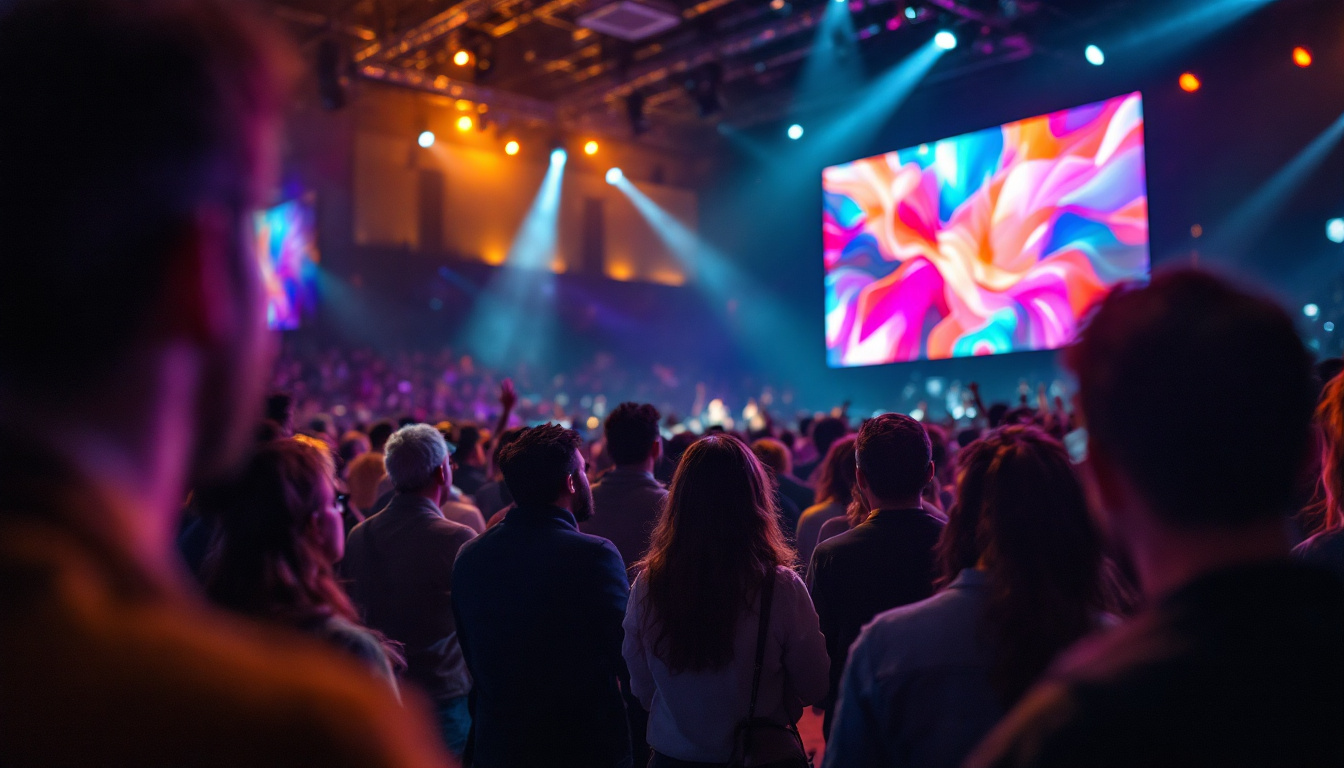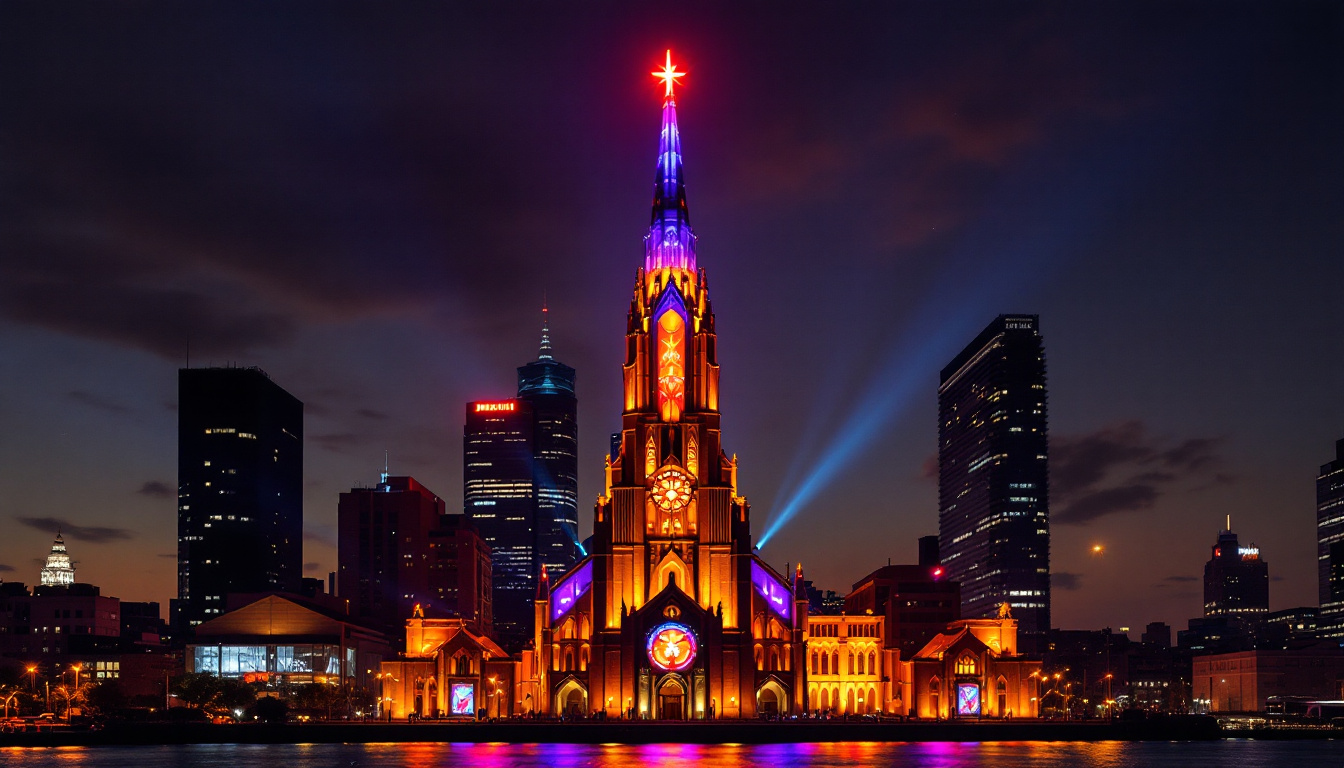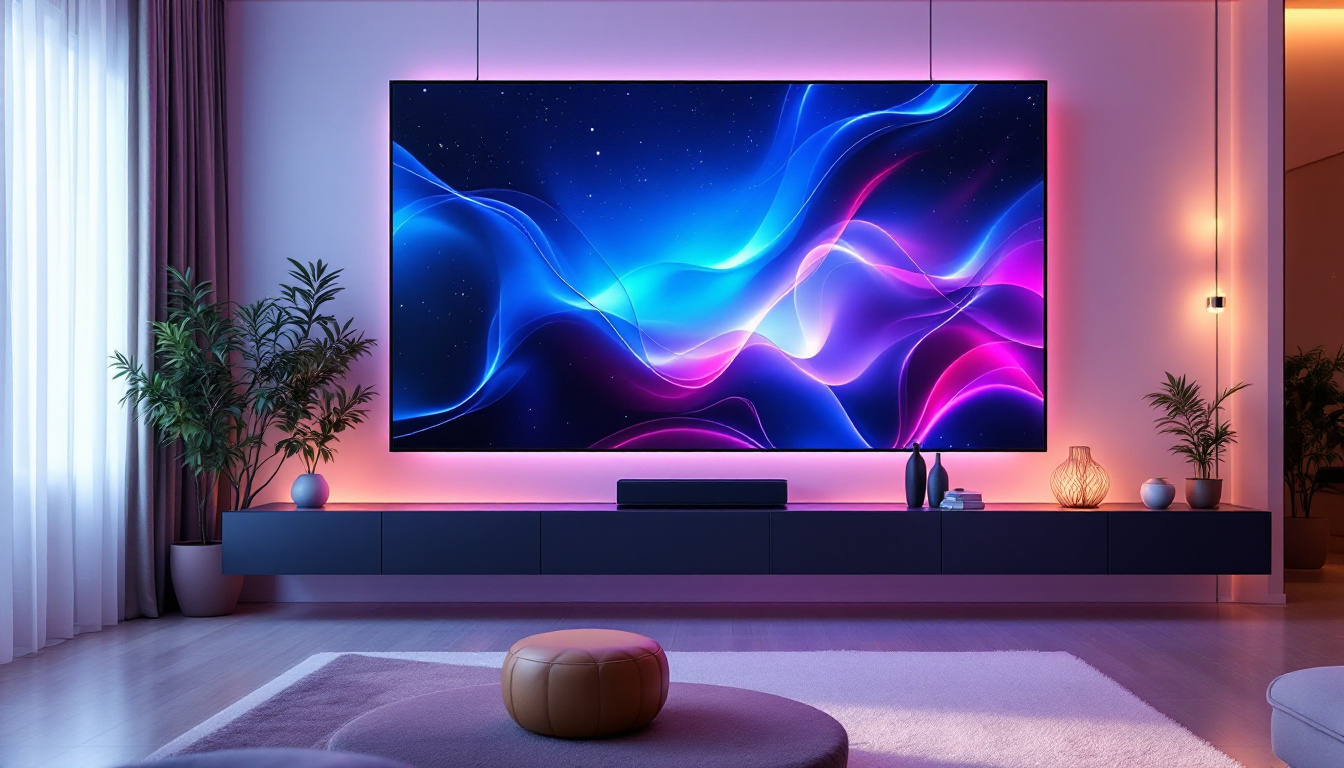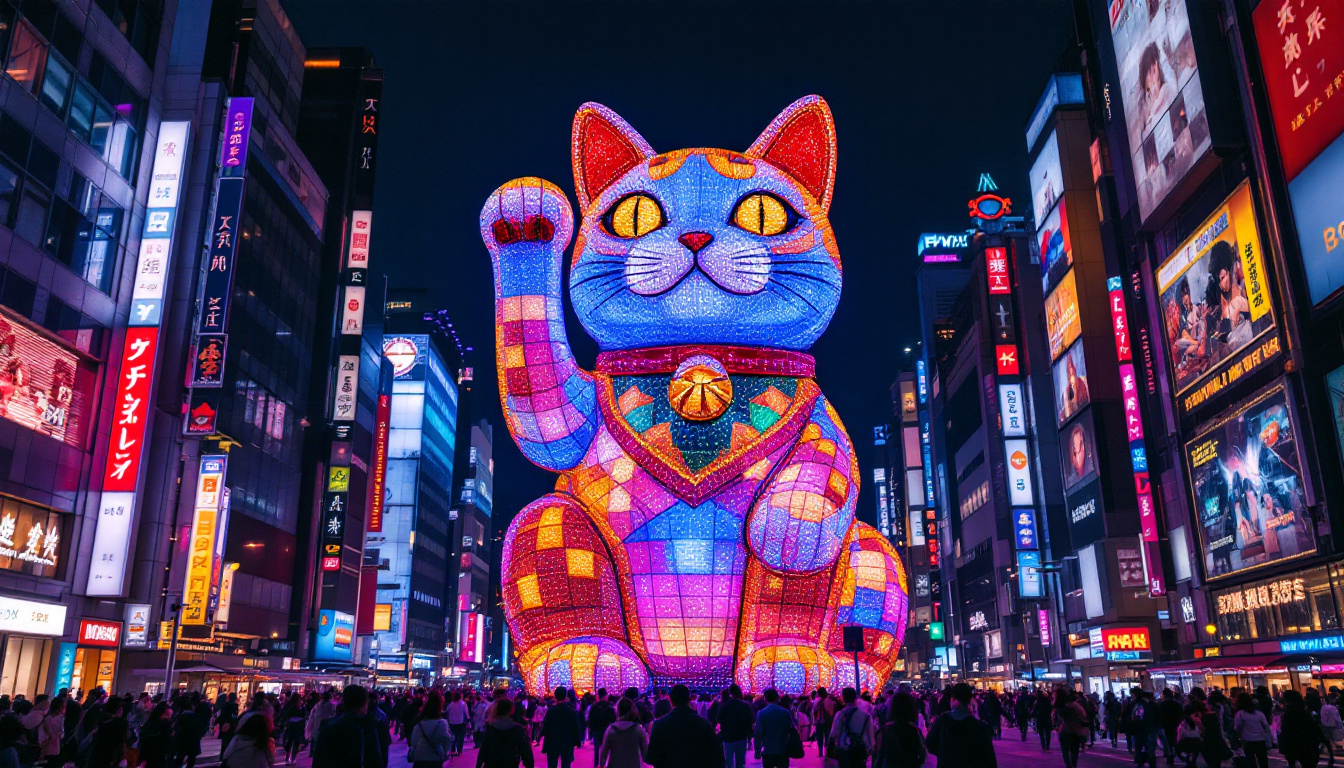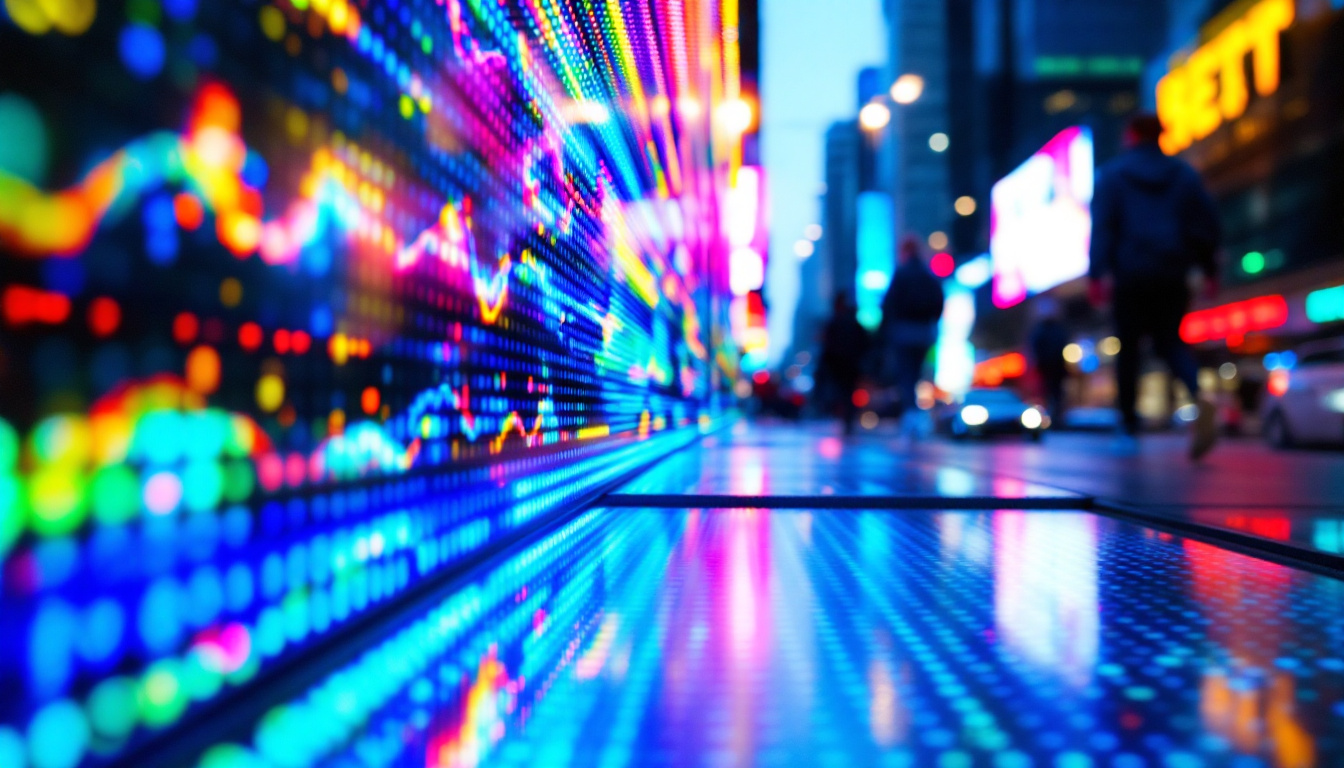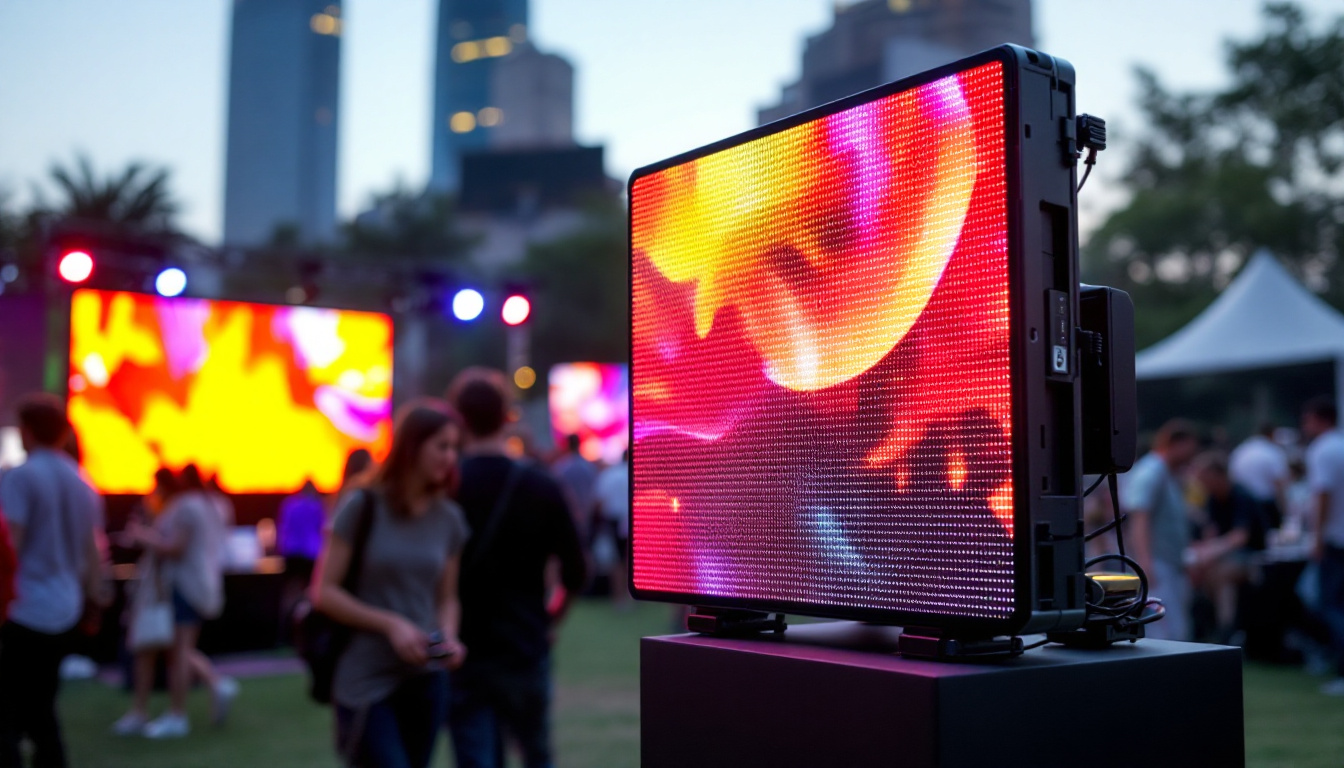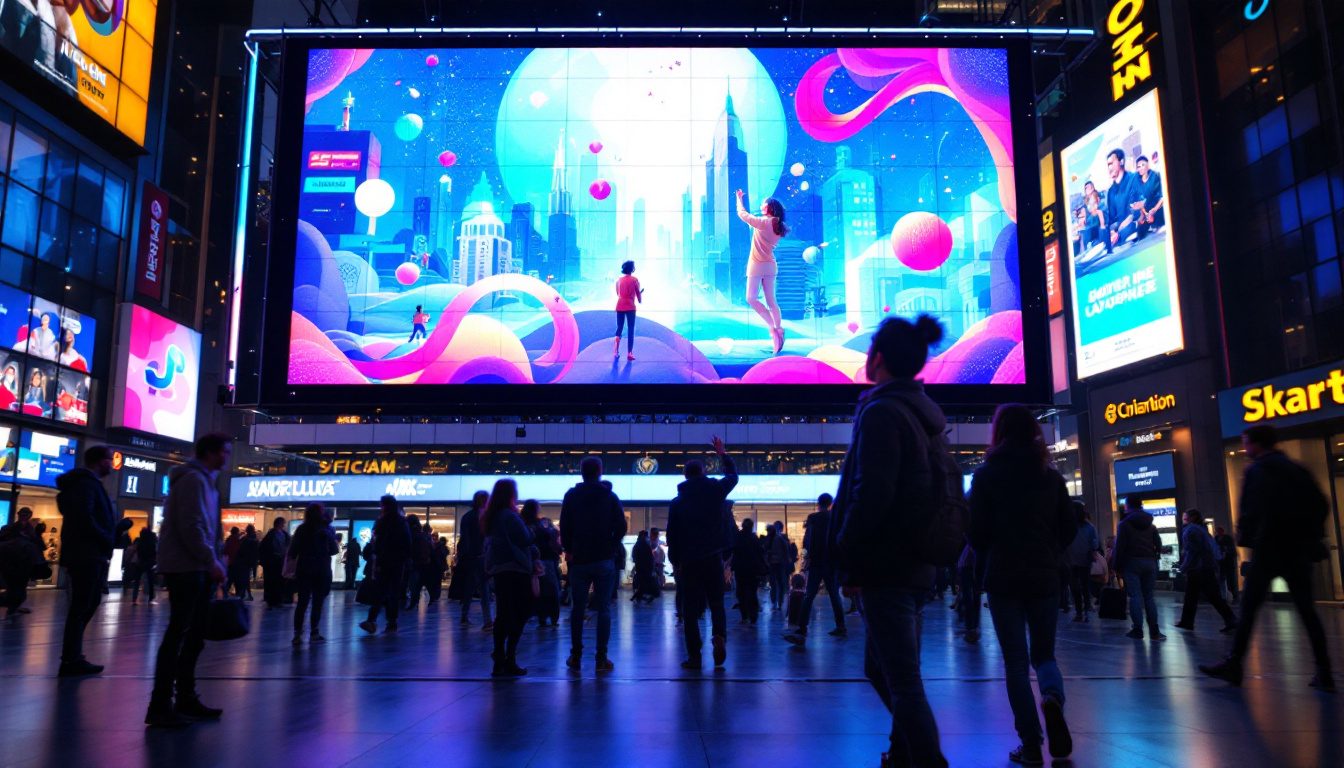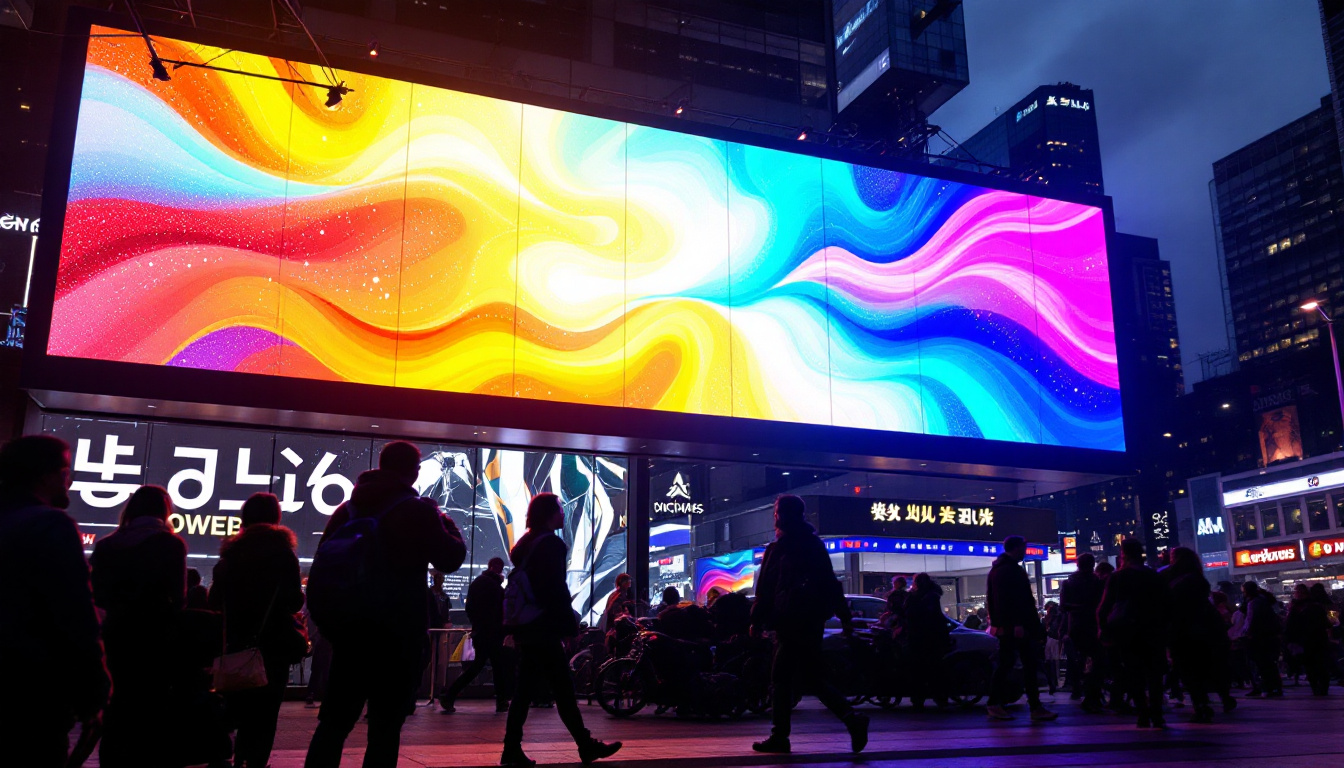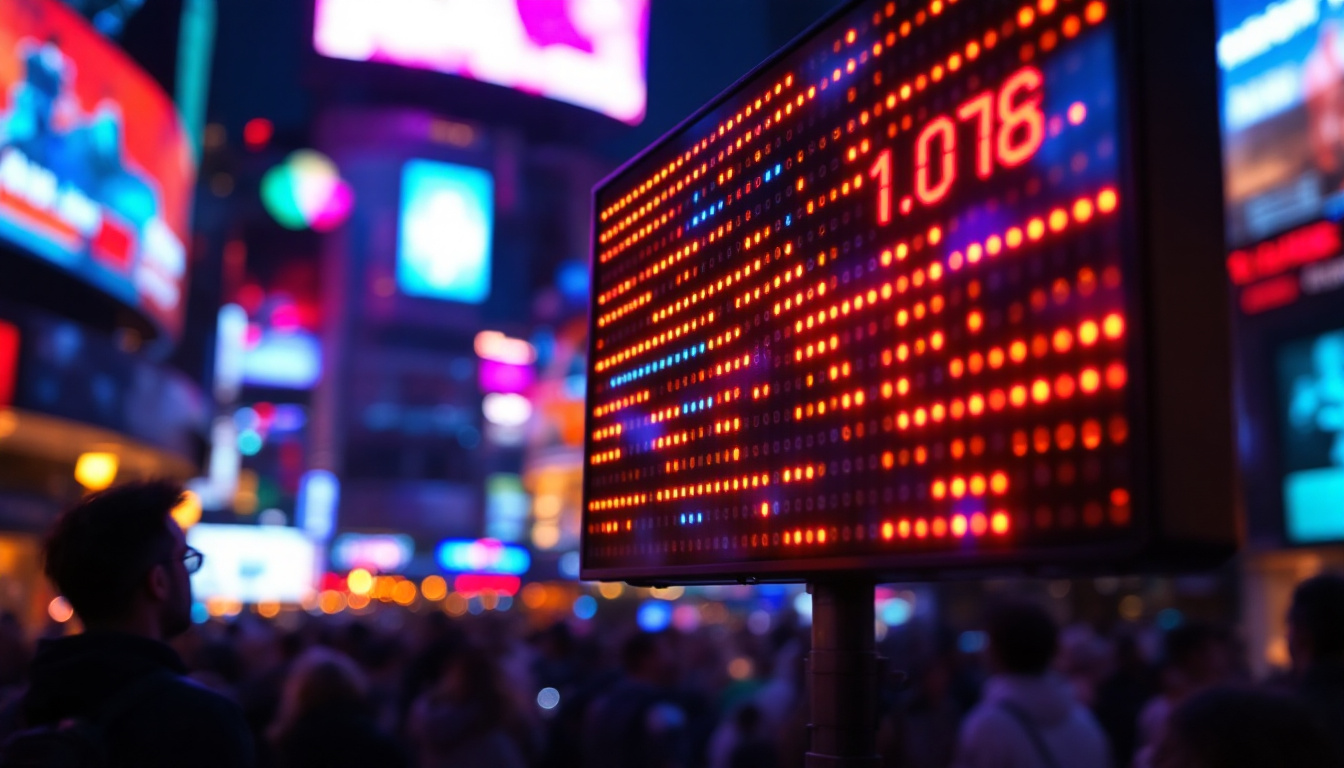The world of visual technology has seen remarkable advancements over the past few decades, with LED displays emerging as a dominant force in various sectors. From advertising billboards to large-scale event screens, the versatility and efficiency of LED technology have transformed how information is conveyed and experiences are created. This article delves into the intricacies of LED displays, exploring their technology, applications, and the future they promise.
Understanding LED Technology
Light Emitting Diodes (LEDs) are semiconductor devices that emit light when an electric current passes through them. This fundamental principle underpins the technology that powers LED displays. Unlike traditional display technologies, such as LCDs or CRTs, LEDs offer several advantages, including higher brightness, lower power consumption, and greater durability. The evolution of LED technology has revolutionized the way we experience visual content, leading to innovations in everything from televisions to digital billboards.
How LED Displays Work
At the core of an LED display is a matrix of tiny LED bulbs that can produce a spectrum of colors. Each pixel is composed of red, green, and blue (RGB) sub-pixels, which combine in various intensities to create a full range of colors. The brightness and clarity of the images displayed are determined by the quality of the LEDs and the design of the display. This intricate arrangement allows for vibrant visuals that can capture the attention of viewers, making LED displays ideal for advertising and entertainment purposes.
LED displays can be classified into two main types: direct view and backlit. Direct view LED displays consist of individual LEDs that form the entire screen, while backlit displays use LEDs to illuminate a liquid crystal display (LCD) panel. The direct view technology is particularly favored for large outdoor displays due to its superior brightness and visibility in direct sunlight. Furthermore, advancements in technology have led to the development of flexible LED displays, which can be curved or shaped to fit unique installations, offering even more creative possibilities for designers and advertisers alike.
Benefits of LED Displays
The advantages of LED displays extend beyond mere aesthetics. They are energy-efficient, consuming significantly less power than traditional display technologies. This efficiency translates to lower operational costs, making them an attractive option for businesses and organizations. In addition, the ability to control brightness and color intensity dynamically allows for tailored displays that can adapt to various environments, enhancing viewer engagement.
Moreover, LED displays are known for their longevity. With a lifespan that can exceed 100,000 hours, they require less frequent replacements, further reducing costs in the long term. Additionally, their durability makes them suitable for various environments, from indoor venues to outdoor settings exposed to harsh weather conditions. This resilience is complemented by their resistance to shock and vibration, making them ideal for applications in transportation hubs, sports arenas, and other high-traffic areas. As technology continues to advance, the integration of smart features, such as remote monitoring and automated brightness adjustments, is set to further enhance the functionality and appeal of LED displays, solidifying their position as a leading choice in modern visual technology.
Applications of LED Displays
The versatility of LED displays allows them to be utilized across a wide range of industries. Their ability to deliver high-quality visuals in various formats makes them ideal for numerous applications.
Advertising and Marketing
One of the most prominent applications of LED displays is in advertising. Digital billboards and signage have become a staple in urban environments, capturing the attention of passersby with vibrant colors and dynamic content. Businesses leverage LED technology to create eye-catching advertisements that can be updated in real-time, allowing for targeted marketing strategies.
Furthermore, LED displays can be integrated into retail environments to enhance customer experiences. Interactive displays can provide product information, promotions, and engaging content that encourages consumer interaction, ultimately driving sales. The adaptability of LED technology also means that businesses can tailor their messaging based on the time of day or specific events, ensuring that their advertising remains relevant and impactful.
Events and Entertainment
In the realm of events and entertainment, LED displays have revolutionized the way audiences experience performances. Concerts, festivals, and sporting events often feature large LED screens that display live feeds, graphics, and animations, immersing attendees in the experience. These displays can synchronize with music and performances, creating a cohesive and exhilarating atmosphere that enhances the emotional impact of events.
These displays are not limited to outdoor events; they are also prevalent in indoor venues such as theaters and arenas. The ability to create stunning visual backdrops enhances the overall atmosphere and engages audiences on multiple sensory levels. Additionally, LED technology allows for 3D visual effects and augmented reality experiences, pushing the boundaries of traditional entertainment and offering audiences a more immersive experience than ever before.
Corporate and Educational Use
LED displays are increasingly being adopted in corporate environments for presentations, meetings, and training sessions. Their clarity and brightness ensure that information is easily visible to all attendees, regardless of the room’s lighting conditions. Interactive LED boards are also gaining traction in educational settings, facilitating collaborative learning experiences. These interactive displays can be used for brainstorming sessions, group projects, and even remote learning, making them a versatile tool in modern education.
In this context, LED displays serve as powerful tools for communication, allowing organizations to convey messages effectively and engage their audiences more dynamically than traditional methods. Moreover, the integration of LED displays with video conferencing technology has transformed remote collaboration, enabling teams to share information seamlessly and maintain high levels of engagement, regardless of geographical barriers. This shift not only enhances productivity but also fosters a more inclusive environment for participants in various locations.
Future Trends in LED Display Technology
The future of LED display technology is bright, with ongoing innovations poised to enhance their capabilities further. As technology evolves, several trends are emerging that will shape the landscape of LED displays in the coming years.
Advancements in Resolution and Pixel Density
One of the most significant trends is the continuous improvement in resolution and pixel density. high-definition and ultra-high-definition (UHD) displays are becoming more common, providing sharper images and more detailed visuals. This trend is particularly important for applications where clarity is paramount, such as medical imaging or high-end advertising.
MicroLED technology is also gaining traction, offering even higher pixel densities and improved color accuracy. This technology utilizes microscopic LEDs to create displays that are thinner, lighter, and more energy-efficient, paving the way for new applications and designs.
Integration with Smart Technology
As the Internet of Things (IoT) continues to expand, LED displays are becoming increasingly integrated with smart technology. This integration allows for real-time data updates, remote management, and enhanced interactivity. For instance, smart LED displays can adjust their brightness based on ambient light conditions or display personalized content based on viewer demographics.
This level of interactivity not only enhances user experiences but also enables businesses to gather valuable data on viewer engagement and preferences, allowing for more targeted marketing efforts.
Sustainability and Eco-Friendly Practices
With growing concerns about environmental sustainability, the LED display industry is also focusing on eco-friendly practices. Manufacturers are exploring ways to reduce the environmental impact of production and disposal, such as using recyclable materials and developing energy-efficient technologies.
Moreover, the long lifespan of LED displays contributes to sustainability efforts by reducing waste and the frequency of replacements. As consumers become more environmentally conscious, the demand for sustainable display solutions is likely to increase.
Challenges Facing LED Display Technology
Despite the numerous advantages of LED displays, several challenges must be addressed to fully realize their potential. Understanding these challenges is essential for stakeholders in the industry.
Cost Considerations
While the prices of LED displays have decreased over the years, the initial investment can still be significant, particularly for large-scale installations. Businesses must weigh the upfront costs against the long-term savings associated with energy efficiency and durability. This consideration can be a barrier for smaller organizations looking to adopt LED technology.
Additionally, the cost of maintenance and repairs can also be a concern, especially for displays that are exposed to harsh environmental conditions. Ensuring that proper maintenance protocols are in place is crucial to maximizing the lifespan and performance of LED displays.
Technical Limitations
Another challenge is the technical limitations associated with LED displays. While advancements in resolution and pixel density are ongoing, there are still constraints in terms of viewing angles and color accuracy. Ensuring that displays maintain consistent quality across different viewing angles remains a technical hurdle that manufacturers are working to overcome.
Furthermore, the integration of LED displays with existing technologies can pose challenges, particularly in terms of compatibility and interoperability. As the industry evolves, addressing these technical challenges will be essential for ensuring seamless integration and user satisfaction.
Conclusion
LED displays are undeniably transforming the way information is presented and experiences are created across various sectors. Their advantages in terms of energy efficiency, durability, and versatility make them a preferred choice for businesses and organizations looking to engage their audiences effectively.
As technology continues to advance, the future of LED displays looks promising, with innovations in resolution, integration with smart technology, and a focus on sustainability driving the industry forward. However, addressing the challenges of cost and technical limitations will be crucial for maximizing the potential of LED displays.
In an increasingly visual world, LED displays are set to play a pivotal role in shaping how we communicate, market, and entertain. Embracing this technology can lead to enhanced experiences and more effective communication strategies, making it an essential consideration for businesses and organizations alike.
Discover LumenMatrix LED Display Solutions
Ready to elevate your visual communication and create unforgettable experiences? LumenMatrix is at the forefront of LED display innovation, offering a diverse range of solutions tailored to your needs. From Indoor and Outdoor LED Wall Displays to specialized options like Vehicle, Sports, and Floor LED Displays, our products are designed to captivate and engage your audience. Embrace the future of visual storytelling with our Custom, All-in-One, and Transparent LED Displays. Check out LumenMatrix LED Display Solutions today and transform your brand’s visibility with cutting-edge technology.

